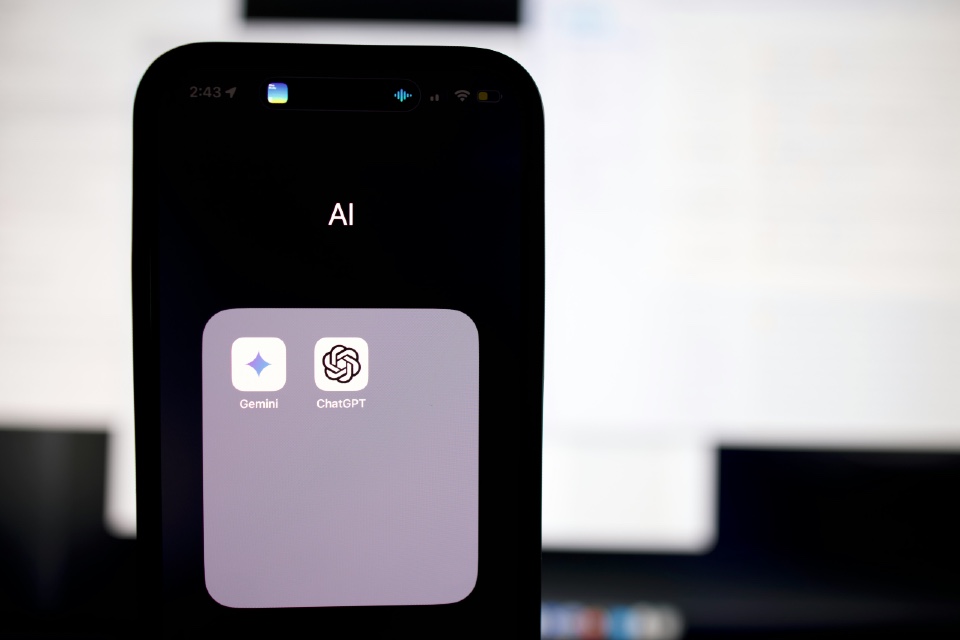Generative AI now the most frequently deployed AI solution in organisations
https://cybersecureforum.co.uk/wp-content/uploads/2024/05/gen-ai-solen-feyissa-_XtH7BBRPtA-unsplash.jpg 960 640 Stuart O'Brien Stuart O'Brien https://secure.gravatar.com/avatar/81af0597d5c9bfe2231f1397b411745a?s=96&d=mm&r=gAccording to a Gartner survey conducted in the fourth quarter of 2023, 29% of the 644 respondents from organisations in the U.S., Germany and the U.K. said that they have deployed and are using GenAI, making GenAI the most frequently deployed AI solution. GenAI was found to be more common than other solutions like graph techniques, optimisation algorithms, rule-based systems, natural language processing and other types of machine learning.
“GenAI is acting as a catalyst for the expansion of AI in the enterprise,” said Leinar Ramos, Sr Director Analyst at Gartner. “This creates a window of opportunity for AI leaders, but also a test on whether they will be able to capitalize on this moment and deliver value at scale.”
The primary obstacle to AI adoption, as reported by 49% of survey participants, is the difficulty in estimating and demonstrating the value of AI projects. This issue surpasses other barriers such as talent shortages, technical difficulties, data-related problems, lack of business alignment and trust in AI (see Figure 1).
“Business value continues to be a challenge for organizations when it comes to AI,” said Ramos. “As organizations scale AI, they need to consider the total cost of ownership of their projects, as well as the wide spectrum of benefits beyond productivity improvement.”
Figure 1: Top Barriers to Implement AI Techniques (Sum of Top 3 Ranks)
![[Image Alt Text for SEO]](https://emt.gartnerweb.com/ngw/globalassets/en/newsroom/images/graphs/ai_enterprise_survey_image.png)
Source: Gartner (May 2024)
“Organizations who are struggling to derive business value from AI can learn from mature AI organizations,” said Ramos. “These are organizations that are applying AI more widely across different business units and processes, deploying many more use cases that stay longer in production.”
The survey found 9% of organizations are currently AI-mature and found that what makes these organizations different is that they focus on four foundational capabilities:
- A scalable AI operating model, balancing centralized and distributed capabilities.
- A focus on AI engineering, designing a systematic way of building and deploying AI projects into production.
- An investment on upskilling and change management across the wider organization.
- A focus on trust, risk and security management (TRiSM) capabilities to mitigate the risks that come from AI implementations and drive better business outcomes.
“AI-mature organizations invest in foundational capabilities that will remain relevant regardless of what happens tomorrow in the world of AI, and that allows them to scale their AI deployments efficiently and safely,” said Ramos.
Focusing on these foundational capabilities can help organizations mature and alleviate the current challenge of bringing AI projects to production. The survey found that, on average, only 48% of AI projects make it into production, and it takes 8 months to go from AI prototype to production.
Photo by Solen Feyissa on Unsplash









